Studies and research
This page has two parts. In the first, we explain the studies and research that the Association is carrying out. In the second part, we offer our powerful document search engine so that you can carry out your own research.
Our investigations
The Association is carrying out several investigations which we feel essential for obtaining didactic content for the Segovia Mint Museum. In the first series of studies, we are attempting to locate, photograph and document all the old minting machines and related instruments which we are able to find in museums around the world. So far, we have visited Germany, Italy, Austria, France, Czech Rep., Hungary, Romania, Slovakia, Mexico, Peru and Bolivia, all very rich in material to study. Our team is made up of experts like Glenn Murray (president of the Segovia Mint Association), Volker Benad-Wagenhoff (Technoseum, Mannheim, Germany) and Andreas Udo Fitzel (numismatic investigator, Stuttgart, Germany). A selection of photos from our image bank can be seen in the section on 'Technology'. Below are photos or our team at work photographing roller dies in the Maximillian Museum in Augsburg, Germany. We appreciate information and photos from others as well.
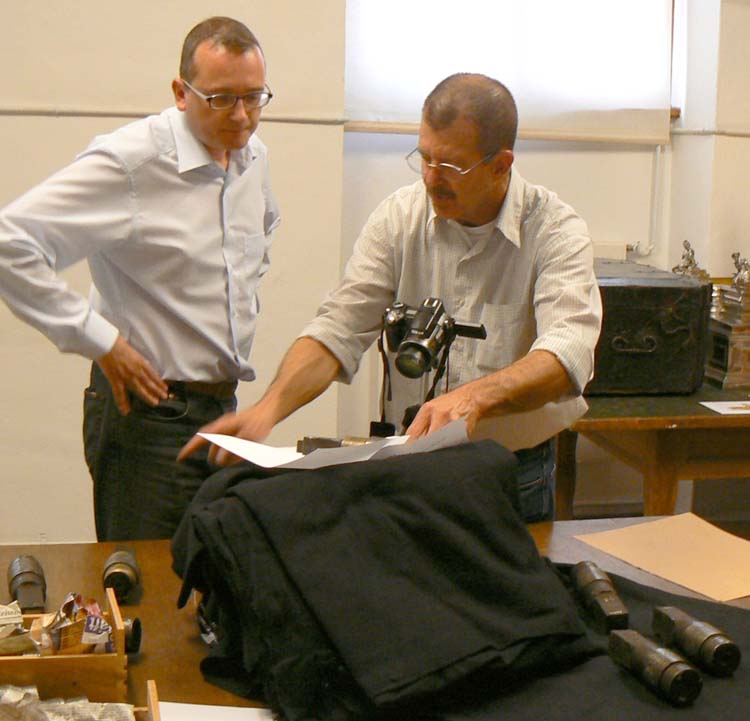

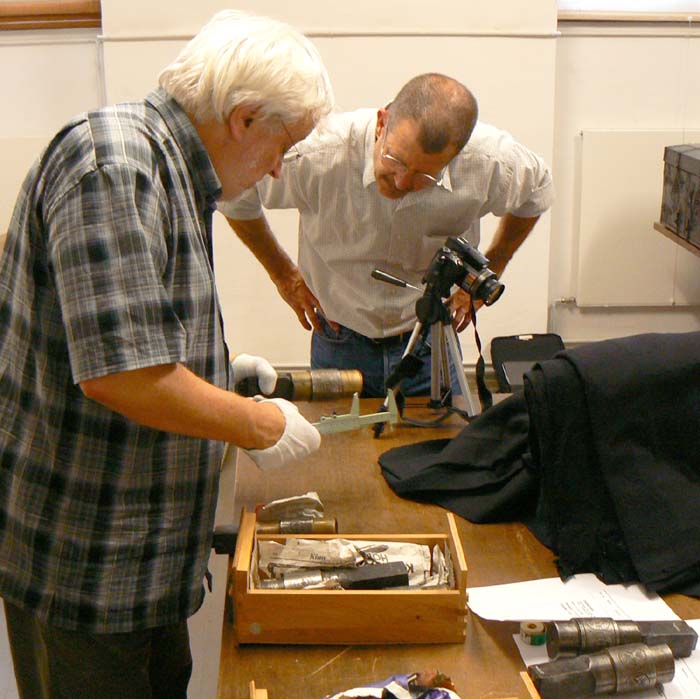
The other part in our series of investigations comes from our effort to locate, photograph and document the old mint buildings which still remain standing in Europe. While the majority of these old buildings have disappeared, some have been converted into museums of the mints, while in other cases the buildings have been converted into restaurants, shops, or offices. We are placing special emphasis on locating the 14 mints which were mechanized immediately after the invention of the roller die process in Augsburg, Germany, in 1550, and the construction of the Royal Mill Mint in Segovia in 1583, and the installation of its machinery in June of 1585. These mints are:
Augsburg (Germany) 1550
Paris (France) 1551
Zurich (Switzerland) 1558
London (England) 1562
Heidelberg (Germany) 1567
Hall in Tyrol (Austria) 1567
Köln (Germany) 1568
Augsburg [again] 1572
Dresden (Germany) 1574
Kremnica (Slovakia) 1577
Gdansk (Poland) 1577
Baia Mare (Rumania) 1579
Nyköping (Sweden) 1580
Magdeburg (Germany) 1583
Ensisheim (France) 1584
Most historic mints in Europe, to a large degree, have completely disappeared and been forgotten. In some cases, the only reminder that a mint was once there is the name of the street: Via della Zecca, Munzstrasse, Calle de la Moneda, etc. Nevertheless, we consider it important to identify the location and photograph the place where the mint once stood, so as to help the local population remember this part of their history, as well as being of interest to numismatists. This project to identify and photograph historic mints in Europe is the continuation of the work done by Glenn Murray in the EuroMint Project (2002) to locate and photograph historic mints in Spain, a work which was published in book form titled 'Guide to Spanish Mints'.
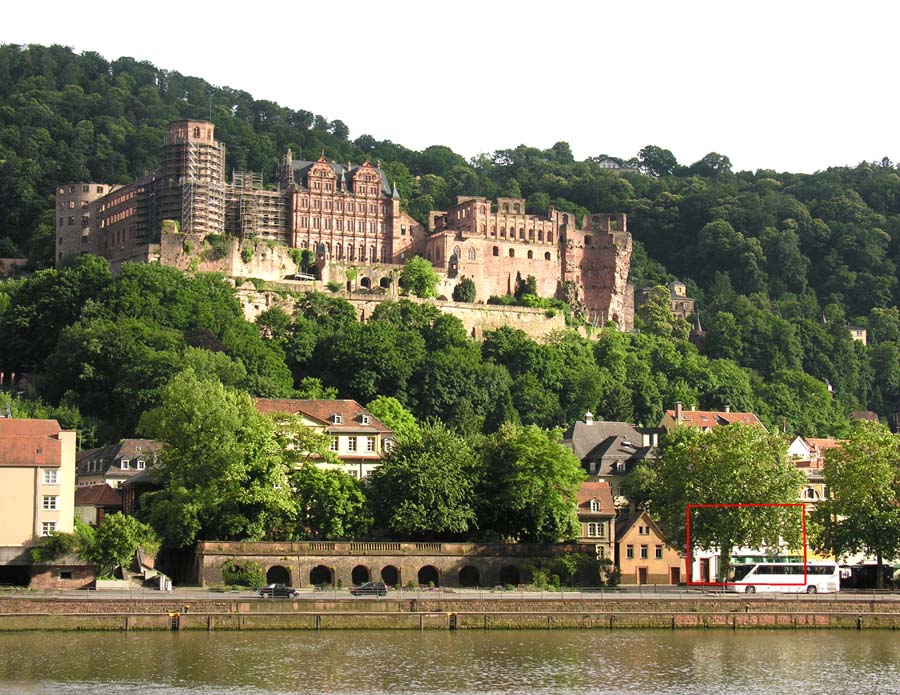
Heidelberg (Alemania) - 1567.
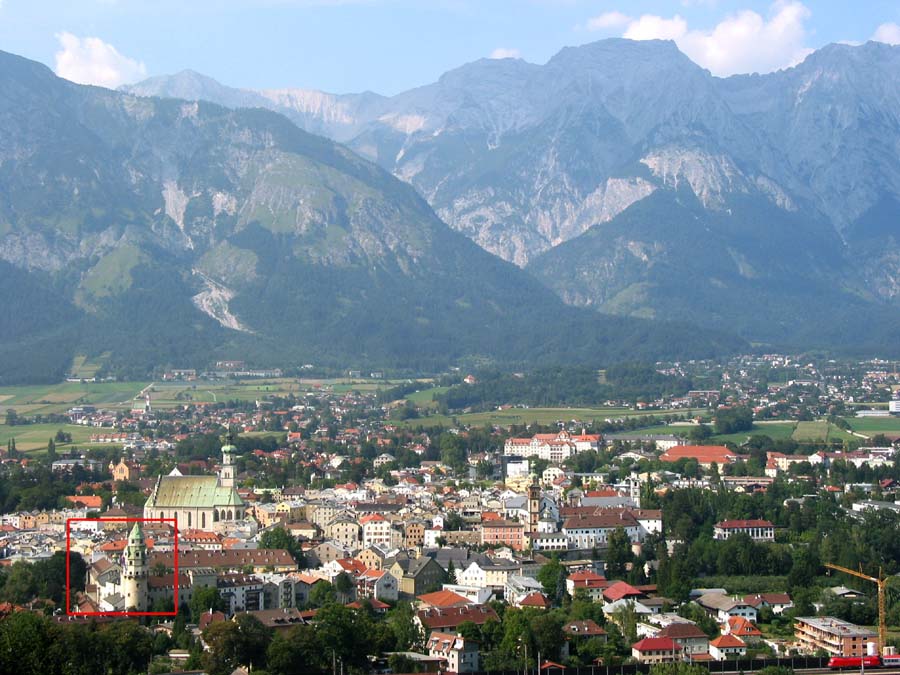
Hall en Tirol (Austria) - 1567.
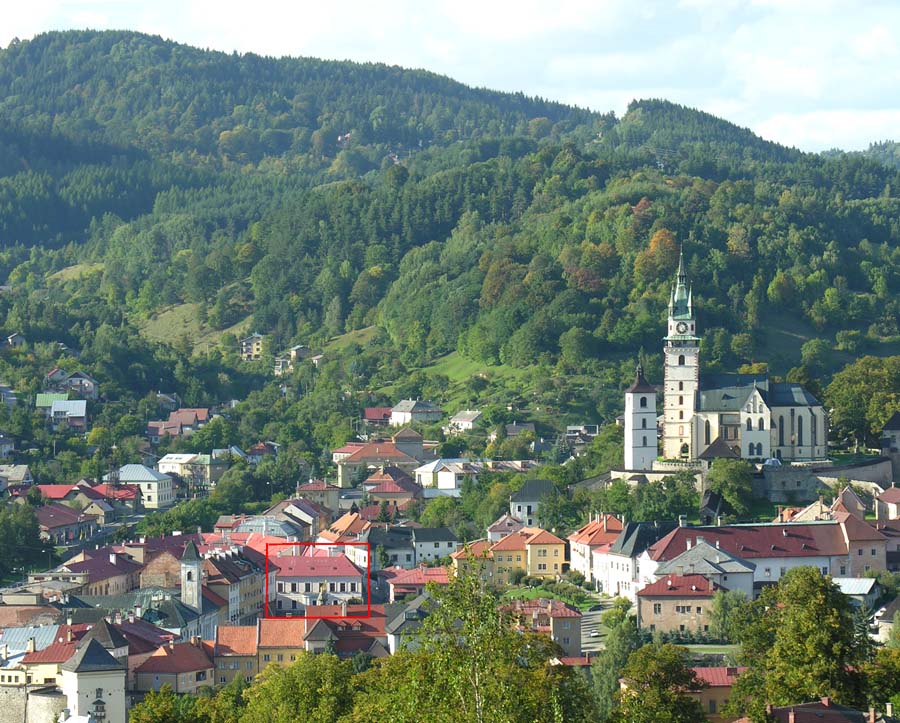
Kremnica (Eslovaquia) - 1577.
C.J.H. (Council and Boards of Finance)
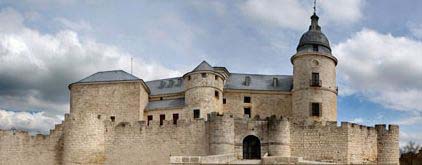
The General Archive of Simancas, in the Province of Valladolid, Spain.
Looking for published material on the Segovia Mint, other mints, or Spanish monetary policy in general?
Access to C.J.H.
Your investigations
The Association has posted on internet a search engine which gives users access to our own data base of historic documents. This data base, only available on our website, was formulated by Dr. Glenn Murray, through a grant over a ten year period, from the Spanish National Mint. Murray personally inspected page by page 1,705 document bundles from the section ‘Consejo y Juntas de Hacienda’ (C.J.H.) to find the documentation, for which he made up 6,136 individual files. This is one of the most important documentation sources for coin minting, mints, and monetary policy of Spain, during the 16th and 17th centuries.
